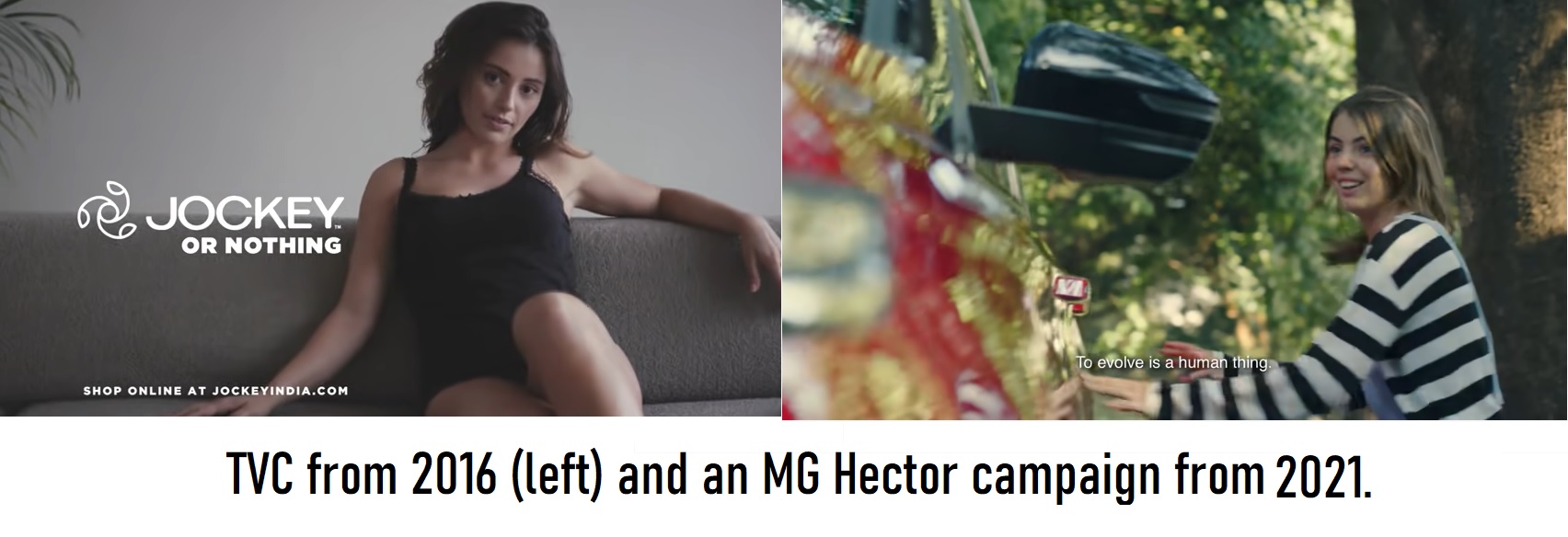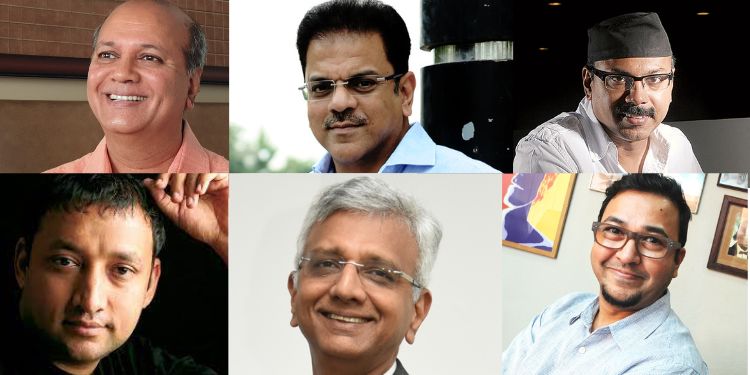Nigeria announced a ban – effective 1 October 2022 – on non-Nigerian models and VO artistes in advertising on Nigerian media. This space was said to be dominated by white and British talent. The Advertising Regulatory Council of Nigeria has welcomed the move.
The move is ostensibly to encourage local talent. It is also perhaps an indication that white models are no longer aspirational and in no less measure of local pride.
Ad veteran and Founder of Canco Advertising Ramesh Narayan hopes that such a ban is never witnessed in India.
“It would be a sad day if anyone is banned from being used in Indian advertising. Indian society has always been pluralistic, accepting and tolerant. Also, the choice of the model should be dictated by the personality of the brand, the needs of the market and the creative interpretation of these two factors. Nothing else should come in the way of advertising.
“Communication should not fall between jingoistic lines. It can and should be used for healthy commercial expression that benefits the owner of the brand and presents the power of choice to the audience,” notes Narayan.
Ambi Parameswaran, Founder, Brand- Building.com, adds that measures like banning models will only create new ways of circumvention.
He explains, “Each country does its bit to encourage local talent. I remember Pakistan had once laid down a rule that people with Indian passports cannot model for any of their advertising and that ads cannot be made in India. This did not help their local industry in any way. I am not a fan of Caucasian models who appear in ads for apparel, liquor (surrogate), and other product ads. But banning them is not the right response. It will create an unnecessary hurdle and clever new ways of circumvention.”
Rather than a defensive approach, India’s outlook needs to be positive, is his take. He adds, “Our ad industry is large and vibrant. Our models have gone on to become global stars (Priyanka Chopra is the latest)! We should as a country be proud of what our films and music are doing for our country and encourage their widespread dissemination. If South Korea is made famous through K-Pop and K-Serials why not India. We have so much to offer to the world.”

Raj Kamble, Founder and CCO, Famous Innovations, views the development from a creator’s perspective.
Says Kamble, “Whenever s/he thinks of an idea, a creative person wants the resources and the talent most appropriate to bring that idea to life to the fullest extent possible. That talent may be regional, national or international, be it models, directors, photographers, voice artistes, musicians or whatever it may be. If available locally, we will obviously choose the locally available talent. But to say we should ban foreign talent is a curb on creativity.”
“The talent best suited for the job should be used. That choice should be left to the creators,” he adds.
Rohit Ohri, Chairman & CEO, FCB Group India, reminds us of the current Indian reality.
“’Aspirational fair skin’… what is that? For Gen Z, being yourself and happy in your skin is what matters. This is, fortunately, true for Bharat and not just India. To connect with this generation, brands need to take a progressive stance. The real need is to be seen as embracing inclusion and diversity and not standing for regressive beliefs of the past. Un-stereotyping is the new aspiration,” he substantiates.
Every few years, news articles have pointed to India’s obsession with foreign models from automobiles to accessories. While the number seems to have vastly reduced, there is still a prevalence, whether ostensibly to underline a brand’s pedigree or create an international aura. There are also bizarre cases like Pierce Brosnan endorsing Pan Bahar.
Photographer Sharad Haksar, Founder of creative shop 1pointsize and OneEyeLand.com, concurs that things are changing for the better.
Says Haksar, “Sensibilities and preferences are changing. Look at the acceptance of South Indian movies across India. The most successful movies and shows are not necessarily the ones with big names or banners, or those in Hindi or English. They appeal to the sensibilities of India, with substance. The shift is certainly there and it will reflect in advertising too, but a ban is not the answer. Often, a ban tends to have the opposite effect to what is desired.”
He surmises, “India looked up to foreign products and that got carried into the advertising. The day we have products that you want to take with you whenever you travel abroad, it will also reflect in the advertising. We are so up there when it comes to products like food, but there is a need for R&D and product development in many other categories.”
Articulating the move by Nigeria as one driven by national pride, Josy Paul – Chairman and Chief Creative Officer of BBDO India said, “From what I understand, Nigeria’s Federal Ministry of Information and Culture are banning the use of all foreign models and voice-over artists on Nigerian media to create greater opportunity for local talent. There could be a larger Nigerian national pride at play here. When it comes to India, we’ve been using Indian cast in all our ads. There’s been no requests for foreign models in our campaigns these days. Indians are the new aspirational models for Indians.”
Reiterating the need for relatability and authenticity he added, “Still, the idea of localizing your ad goes beyond just casting for nationality and physical appearance. You need people who can connect with your target audience on a more personal level be it interests, values, and behaviour. It’s all about relatability and authenticity. A misrepresented ad can not only cost brands money, but could also alienate existing customers.”
(Part 2/2. Have a view? Write to [email protected].)

















